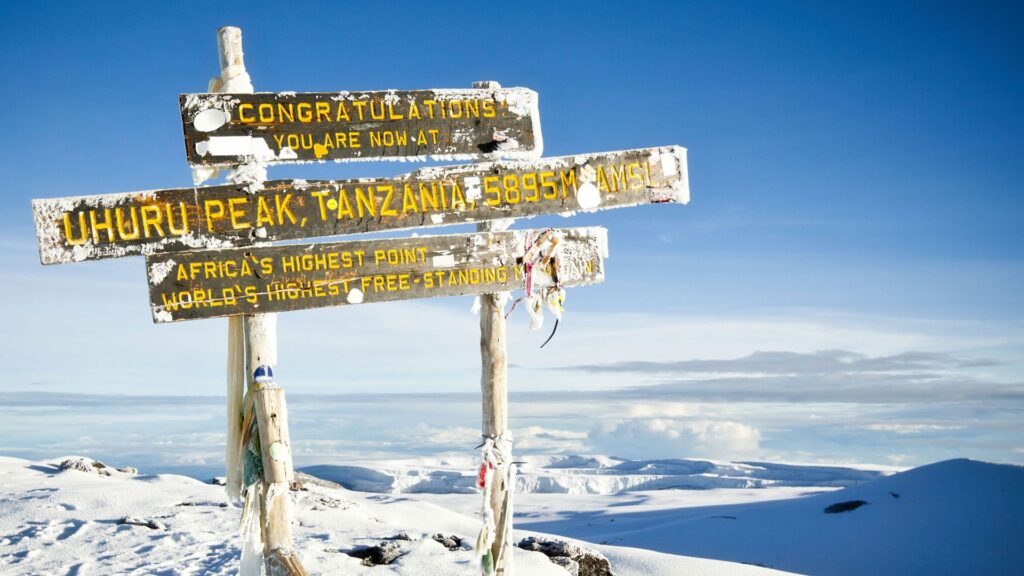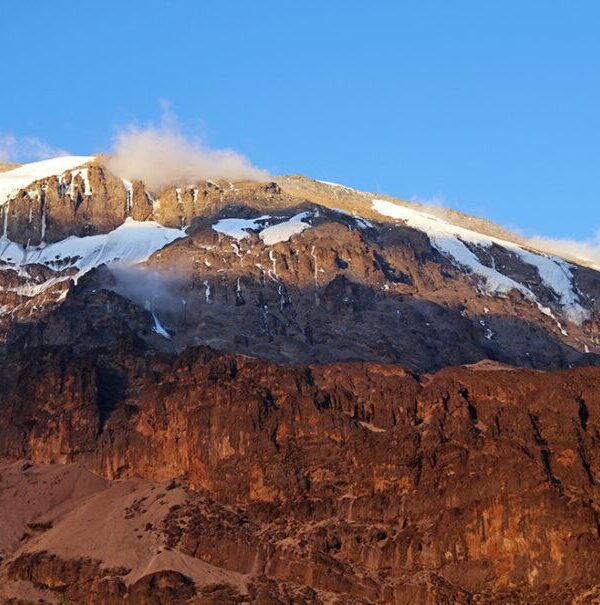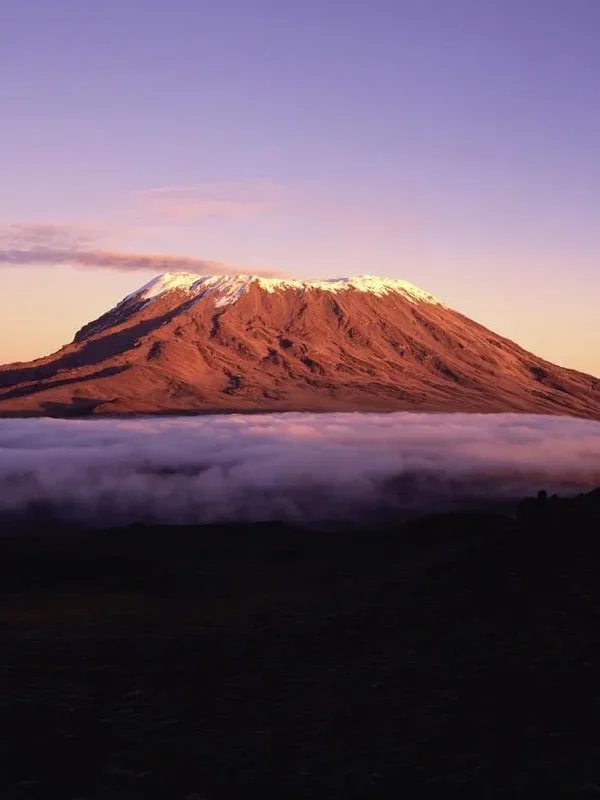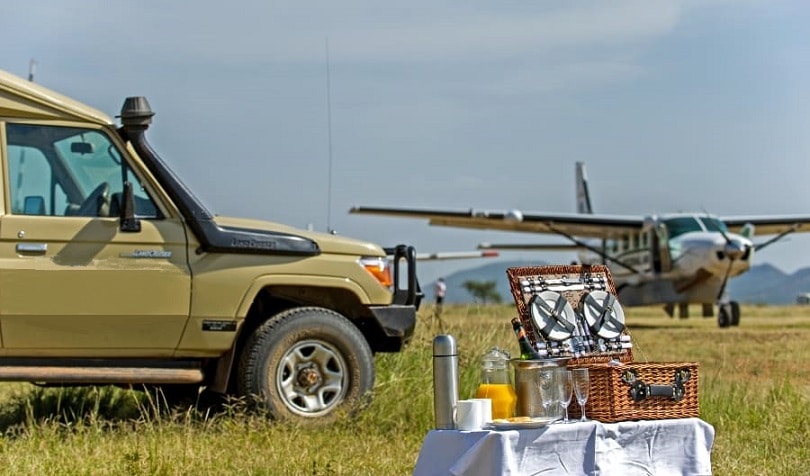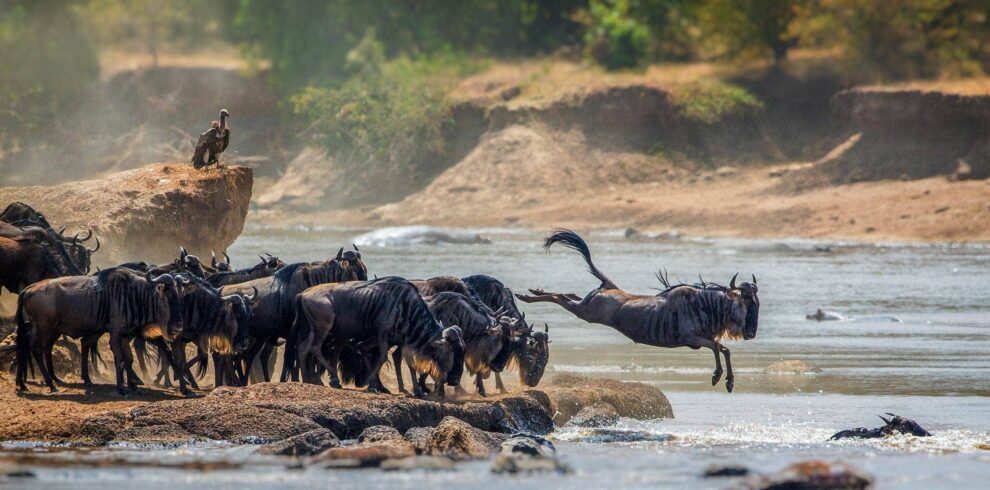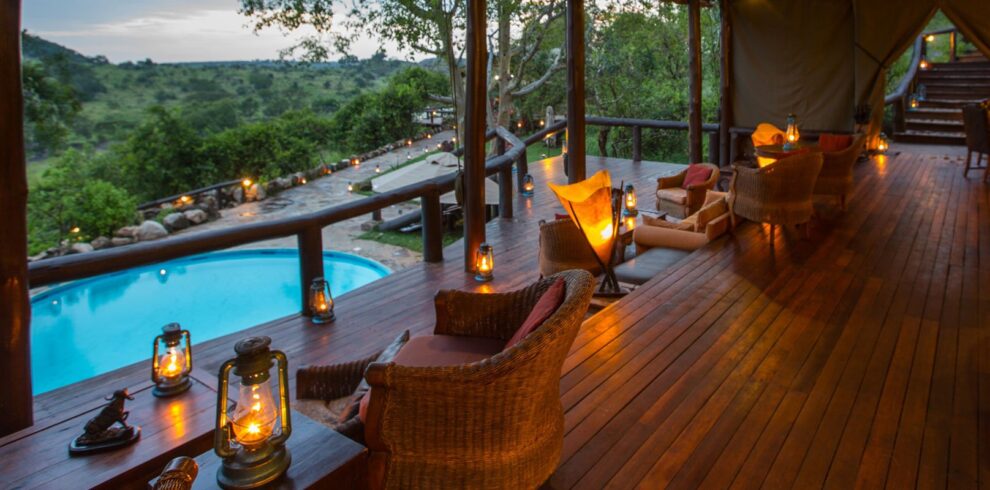Overview
The Marangu Route, often called the “Coca-Cola route,” is the oldest path up Mount Kilimanjaro and one of the most popular ones. Opting for the Marangu route, you will repeat the very first successful Kilimanjaro summit by Hans Meyer that took place in 1889. The trail lies inside Kilimanjaro National Park, traversing all climatic zones of the mountain from tropical forest to alpine desert. Uniquely, it is the only route that offers dormitory-style huts for overnight stays.
Considering the Marangu Route? It’s a good pick for climbing Kilimanjaro during the rainy seasons: from mid-March to late May, and from late October to late December because the huts will keep you dry and comfortable. The Marangu route is available in 5- and 6-day variations, with the second one being significantly less difficult.
Highlights
- Arrival
- Trekking from Marangu Gate to Mandara Hut
- Trekking from Mandara Hut to Horombo Hut
- Trekking from Horombo Hut to Kibo Hut
- Trekking to Uhuru Peak and descent to Horombo Hut
Itinerary
Arrival at Kilimanjaro International Airport (JRO), where you will meet an Olaitoriani Expeditions representative, and transfer to the hotel under the rate. The hotel will provide all the essentials for a comfortable stay: cozy rooms, hot water, polite staff, a swimming pool, and Internet access. In the evening there will be a briefing with our managers, who will also make sure you are ready to begin the climb.
Private tour packages include shared airport transfers for your group. Extra charges will apply for additional individual transfers. To avoid extra costs, sync your group's arrival and departure times.
A guide and a mountain support crew will arrive at the hotel in the morning in order to meet you and hold a quick briefing, after which you will travel by vehicle to Kilimanjaro National Park's eastern entrance: Marangu Gate (1,860m/6102f). After the quick formality of acquiring climbing permits and registering with the search and rescue service, the group will start trekking up to Mandara Hut (2,720 m /8,922 f). The trekking route includes passage through the rainforest (where tropical showers are highly probable), so we recommend you take not only spare clothes but also your raincoats. When you reach the camp, our mountain support crew will take care of the necessities and prepare lunch.
Throughout the entire Marangu route, you will be spending your nights in special huts. They offer a great alternative to those who do not want to sleep in tents.
PLEASE NOTE:This will be your first day at this altitude, so it is strongly recommended you heed the following instructions from this point on:
- Drink over 4 liters of bottled water daily (little by little, frequently);
- To help alleviate symptoms of altitude sickness, consider using a preventive measure like a high-altitude aid medicine. Many mountain climbers take such pills in the morning, before they begin their ascent, to reduce discomfort associated with altitude sickness. Our managers will provide more specific details together with your travel itinerary. We recommend consulting your doctor prior to the trip to discuss any potential allergies or health concerns.
At night you may experience discomfort associated with acclimatization to the high altitude: because of a reduction in your breathing pattern at night, your body gets less oxygen than during the day. Taking altitude into account, you may therefore start feeling sick and experience a headache. Pay attention to your own body and tell your guide if you start feeling any symptoms of altitude sickness.
The group will wake early for a filling breakfast, and then depart Mandara Hut. This trek heads to the second high altitude camp: Horombo Hut (3,720 m /12,202 f). When you reach the camp on this day, you will be treated to views of two volcanos at once: Kibo and Mawenzi.
Several hours after lunch you will have to complete an acclimatization hike in the direction of Kibo Hut with a 200 m /656 f gain in altitude, and then hike back down to Horombo Hut where dinner will be prepared for you.
PLEASE NOTE:The acclimatization hike is an easy trek with a slight gain in altitude done in order to speed up the acclimatization process. You should take the acclimatization hikes very seriously. They help increase your chances of successfully summiting Kilimanjaro and save you from the consequences of altitude sickness.
 Change in Elevation:
Change in Elevation: Hiking distance:
Hiking distance: Hiking time:
Hiking time:On this day, right after breakfast, the group will be trekking to the Kibo Hut (4,720 m /15,482 f). The actual trekking is not very difficult, just remember to stick with an appropriate pace to preserve your strength for the climbing to Kilimanjaro's summit. When you reach the camp you will be served lunch, after which we recommend you sleep as much as you can, avoid any strenuous activity, and drink lots of water.
Your group will depart at night from Kibo Hut (4,720 m /15,482 f) and begin the trek to Kilimanjaro's summit: Uhuru Peak (5,895 m /19,336 f). The trekking will be moderate from a technical standpoint, but the altitude presents a challenge, making even regular physical activity feel strenuous. For the entire length of the summit trek, each pair of climbers will be accompanied by their own guide, who will be monitoring the pair's stamina and mental resolve. After your successful ascent to Uhuru Peak, you can descend to the nearest glacier if desired. Then you will return to Kibo Camp and enjoy a two-hour rest before continuing your descent to Horombo Hut (3,720 m /12,202 f).
PLEASE NOTE:Don't forget that 90% of all accidents occur during the descent, including most broken arms and legs. Please pay attention to your feet, as there is a high risk of damaging your toenails.

9-12 hours

16 km (9.9 miles)
Cost
The Cost Includes
- All accommodations
- 5 days
- 24/7 service
- Drinking water in our safari jeeps
- English speaking guide
- Full board during your trekk
- Luxurious private car
- Park fees
- Pickup and transfer airport
- Reservation costs
The Cost Excludes
- International flights and visas
- Travel insurance
FAQs
Yes, you can charge batteries en route. Charger should be brought. There are hot shower facilities as well. You may have to pay a certain amount for both ($1-$2). Negotiate. Also, a hot water facility could be free at a lower elevation.
Yes. The Internet can be accessed in most places. Sometimes, there might be some technical problems.
pay for guides range from $20 to $30 per day and porters take $15 to $25 per day.

